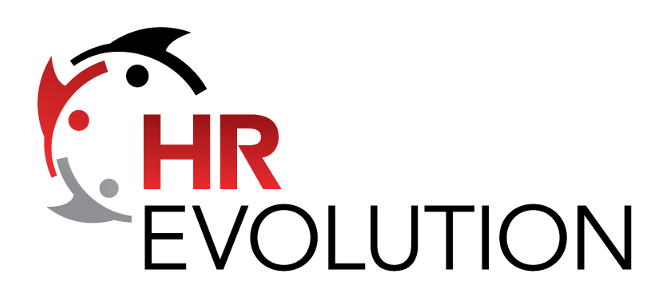Note: For the rest of this week, (or longer if I can't manage to get it all done in time), I am going to run a short series of four posts inspired by a session at last weekend's HRevolution event in St. Louis that I facilitated along with the fantastic Mike Krupa.
In the session, we asked four teams of attendees to imagine, envision, describe, and articulate a new (or at least new to them), kind of revolutionary HR technology solution that would improve or enhance some aspect of HR, talent management, recruiting, strategy, etc.
The teams were each given a context to work in that roughly correspond to the major sub-types of HR technology tools today: Administration, Talent Management, Culture/Brand, and finally Insight/Analytics. The teams came up with some really clever and thought-provoking ideas in a really short time, and I thought it would be fun to share them (as best as I can recall them), here and try to keep the HRevolution discussions on this topic moving forward. We will consolidate all 4 revolutionary HR tech ideas into one paper that we will post here and on theHRevolution site as well.
Ok, let's hit the first HR tech idea - from the 'Talent' team, an idea for a new technology that I will call 'Higher and Higher Potential Identification.'
First off, while this team had the most amusing on stage pitch for their idea, I am going to take the liberty of skipping over the 'religious' (and funny), overlay to their idea and focus on the real talent management issue that the 'Talent' team correctly and at least initially landed on that was the focus of their Revolutionary HR Tech.
And that issue is one that just about every HR/Talent professional has had to wrestle with at some point - how to help managers and other leaders, (and HR itself), get better at the identification and cultivation of so-called 'High Potential' employees. On 99% of the 9-box grids that HR or Talent Management technology providers have rolled out, the two axes that form the grid upon which employees are plotted are 'performance' and 'potential'. And while the argument on how or even if to determine 'performance' is a never-ending and voluminous debate, the 'potential' side of the equation seems to get less attention and consideration.
So the 'Talent' team's essential idea was a technology solution, which would have several elements - assessments, analysis of interactions, identification of profile traits that might be suggestive, and even a wearable piece of technology that would help to build up a kind of 'potential' score for each employee. This potential score would be tied to additional opportunities and developmental exercises as the employee's potential score continued to grow, to the point in time where they (hopefully), maximize their potential in their organization and role. Other, external metrics like business performance, engagement indicators, even practical data sets like attendance and health care claims could be compared to these potential measurements to determine if active and intentional interventions to increase and finally maximize employee contributions based on their greatest potential would be worthwhile.
It was a pretty big, audacious idea (especially in that the Talent team only had 20 minutes to conjure it), and I think it is one that has been really neglected in the HR Technology space.
Could we actually build a technology that would truly be successful at assessing and cultivating potential? I am not sure, but if we could, it would certainly be a Revolutionary HR Technology.
So that is the second idea, stay tuned in the next few days for what the Culture, and Insights teams cooked up.
Final note: Big, big thanks to our HRevolution 2015 sponsors - Globoforce, Quantum Workplace, and The Arland Group.